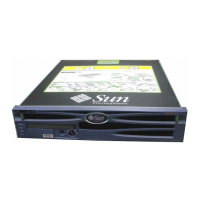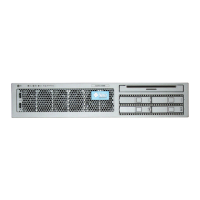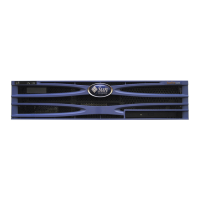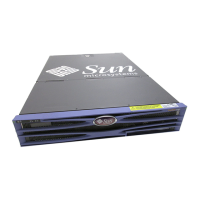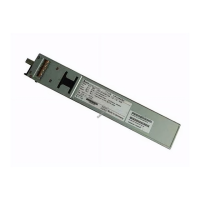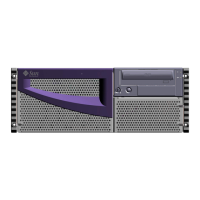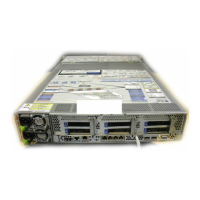50 Netra T2000 Server Administration Guide • September 2006
■ If no errors are detected by POST or OpenBoot diagnostics, the system attempts
to boot if auto-boot? is true.
■ If only nonfatal errors are detected by POST or OpenBoot diagnostics, the system
attempts to boot if auto-boot? is true and auto-boot-on-error? is true.
Nonfatal errors include the following:
■ SAS subsystem failure. In this case, a working alternate path to the boot disk is
required. For more information, see “Multipathing Software” on page 47.
■ Ethernet interface failure.
■ USB interface failure.
■ Serial interface failure.
■ PCI card failure.
■ Memory failure. If a DIMM fails, the firmware will unconfigure the entire
logical bank associated with the failed module. Another nonfailing logical
bank must be present in the system for the system to attempt a degraded boot.
Note – If POST or OpenBoot diagnostics detects a nonfatal error associated with the
normal boot device, the OpenBoot firmware automatically unconfigures the failed
device and tries the next-in-line boot device, as specified by the boot-device
configuration variable.
■ If a fatal error is detected by POST or OpenBoot diagnostics, the system does not
boot regardless of the settings of auto-boot? or auto-boot-on-error? Fatal
nonrecoverable errors include the following:
■ All CPUs failed
■ All logical memory banks failed
■ Flash RAM cyclical redundancy check (CRC) failure
■ Critical field-replaceable unit (FRU) PROM configuration data failure
■ Critical application-specific integrated circuit (ASIC) failure
▼ To Enable ASR
1. Obtain the ok prompt.
See “To Obtain the ok Prompt” on page 30.
2. Configure the system for ASR. Type:
ok setenv diag-switch? true
ok setenv auto-boot? true
ok setenv auto-boot-on-error? true
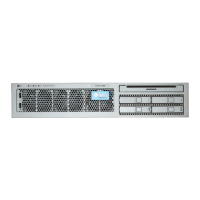
